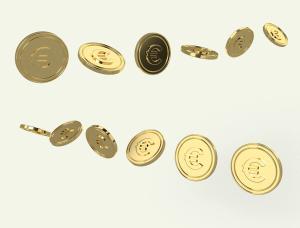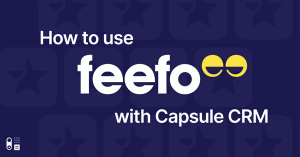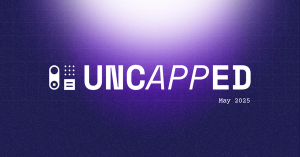Many businesses focus on acquiring new customers. It’s understandable; maintaining a steady stream of fresh customers for your cash flow is integral to most business models.
However, it’s important not to overlook the revenue potential within your existing customer base. By shifting some of your attention to customer renewals and success, your business can unlock a treasure trove of growth opportunities.
In this article, we’ll look at some ways you can nurture your existing customers and increase their renewal rate. We’ll also examine how you can customize your sales pipeline to track customer renewals and increase revenue.
Why customer renewals are crucial for your business
Customer renewals refer to getting existing customers to recommit to your products or services. This could be extending a subscription, re-purchasing a service package or upgrading to a higher tier.
Renewals are a key indicator of customer satisfaction, loyalty and even the overall health of your business. When someone chooses to continue using your product or service, it means you’re delivering a positive customer experience that provides ongoing value. Satisfied customers are also more likely to recommend your business to others, becoming brand advocates and effectively providing free marketing.
Beyond being a signal of business performance, renewals provide a cost-effective way to maintain and grow revenue. As you’ve already paid the initial customer acquisition cost (CAC), the ROI on returning customers is generally much more favorable. Customers who renew are more likely to make further purchases and can be profitable over time. Increasing customer lifetime value (CLV) and annual contract value (ACV) is fundamental to predictable revenue, higher profitability and long-term business success.
However, keeping customers engaged over time can be challenging. Businesses must continually prove their value, especially in competitive markets where alternatives are readily available. Missteps in the customer journey can jeopardize renewals, making continuous monitoring and attention to detail a necessity for a high renewal rate.
Key strategies for improving your customer renewal rate
As an essential factor in any ongoing service or subscription business, customer renewals can’t be an afterthought. With these strategies, you’ll be able to increase your renewal rate and get the biggest ROI from your customer base.
Prioritize communications
If customers only hear from you when you’re about to invoice them for the next period, it shouldn’t be a surprise if they don’t renew. Regular ongoing communication is integral to strong customer relationships.
Personalize your messages based on the customer’s usage patterns, preferences and prior interactions. These tailored messages resonate more effectively, showing customers that you understand and value their specific needs.
When it comes to discussing renewals, start early. Give your customers plenty of time to consider their options and any changes to their plans. This gives you an opportunity to address any concerns that may prevent renewal and even potentially upsell them on a premium plan.
Schedule regular check-ins or review calls as part of the ongoing customer service process, particularly with high-value clients. Combine your personalized messaging with automated email campaigns that trigger based on subscription lifecycle stages to ensure no customer is overlooked.
Incentivize early renewals
As part of your proactive communication, reward your loyal customers with an offer they can’t refuse. Clearly communicate the benefits of early renewal incentives in renewal notices and account management discussions.
Provide incentives such as discounts, additional features or complimentary services if customers commit to a renewal ahead of time. These incentives can make your renewal offer more attractive and hard to refuse
It might feel like you’re eating into your profits, but offering these kinds of incentives is minimal compared to the costs of acquiring brand-new customers. Consider implementing tiered renewal options, where the incentives increase with longer commitment periods, encouraging longer-term renewals.
Monitor the performance of different incentive types to determine which are most effective and adjust your strategy accordingly.
Optimize the customer experience
Keeping your customers happy makes them more likely to stick with you. You can also use a Customer Success Platform like Velaris to track your customer’s health. Ensure that the user experience is intuitive and satisfying, from the onboarding process through to how your client uses your product/service.
This can’t be just a one-time exercise though. Conduct user experience audits to identify pain points in the customer journey, then act on what you learn. Regularly update and enhance your solution so that it keeps up with customer expectations and technological advancements.
Demonstrating that you value and act upon customer feedback can significantly enhance satisfaction and loyalty, improving customer retention.
How to build pipelines for improved customer renewals
Whether you’re looking for new or returning customers, a sales pipeline helps you track leads as they move through the process. Traditionally, pipelines are more commonly associated with sales teams, while renewals are managed as separate projects. However, pipelines can also be a valuable tool for customer success teams working with existing customers.
Here’s a step-by-step guide to setting up a pipeline that’s optimized for customer renewals.
Step 1: Define your stages
Every pipeline is made up of different stages, each one reflecting a step in the customer journey. With the right stages in your pipeline, your team has a roadmap for managing deals with both new and existing customers. It enables a consistent approach, so all your sales and customer success activities are executed at the optimal time.
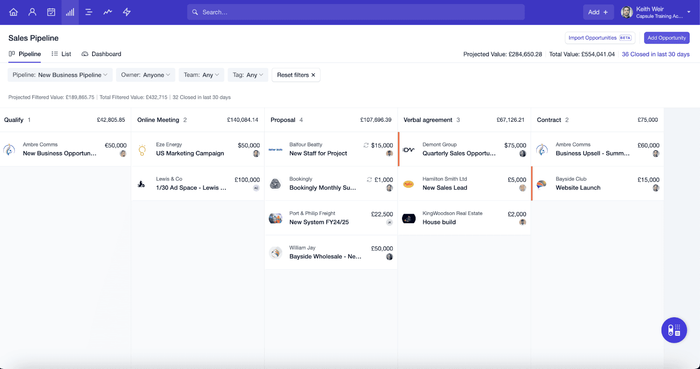
When it comes to customer renewals, analyze your current post-sale process. What are the key steps that happen once a customer signs up for your service?
For example, the default pipeline in Capsule is:
- New
- Qualified
- Meeting
- Proposal
- Negotiation
- Contract
This is suitable for the majority of sales teams, but for customer renewals, you’d need to change these stages. For example, you might have separate stages for onboarding, value realization, renewal awareness, and more. Typically this will be a shorter process than your standard sales pipeline, with fewer touchpoints.
Step 2: Customize your pipeline
Now it’s time to go a little deeper and ensure that each aspect of your pipeline is optimized for customer renewals. This may mean talking with your customers and sitting in on review calls. You can then adapt your renewal stages to cater to your customer’s specific needs and behaviors every step of the way.
In some cases, where the number of renewal stages doesn’t warrant a separate pipeline, you might be able to adjust your existing sales pipeline with some additional steps — just ensure that ownership and responsibility for each stage is clearly defined (see below).
However, you’ll likely find it more efficient to set up separate pipelines for your sales and customer success teams, enabling them to focus on their work without any distractions or confusion.
Step 3: Develop clear criteria for each stage
How do you decide when a customer is ready to move on to the next stage in your pipeline? Some stages will be self-explanatory (e.g., a “Renewal proposal” stage). However, some stages will likely need additional clarification. For example, if you have a “Value realization” stage, what does that involve?
How exactly will you help customers in this stage recognize the value they’re getting with your solution? When does the stage finish?
For each stage, establish specific, measurable actions or results that mean a customer is ready to progress. These criteria can be based on customer actions, engagement or other key performance indicators (KPIs). By getting clear on these requirements, you can identify potential issues (before customers churn) and accurately forecast future renewals.
In Capsule, one particularly useful feature automatically flags opportunities that haven’t been contacted in a set amount of time (customizable to each milestone). As a result, you’ll be alerted to any customers that your team needs to reach out to.
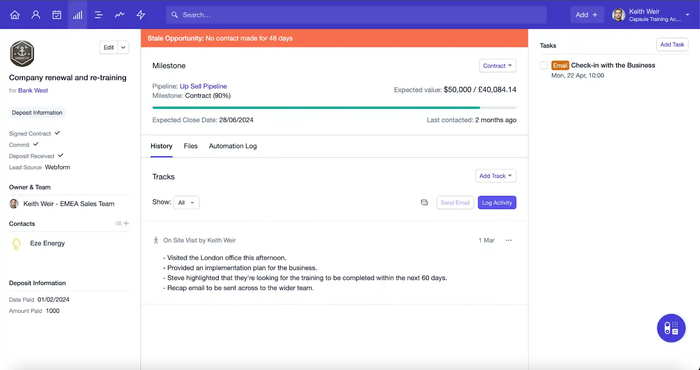
Step 4: Add relevant tasks and automation
Keeping track of all your current customers can be challenging, especially in startups and other fast-growing companies. If left to their own devices, customers may end up looking to your competitors.
By using your customer knowledge and your pipeline criteria (see above), you can create standardized task lists for your customer success team to follow, ensuring that they’re aligned with established best practices.
You can also save time and increase efficiency with workflow automation, using it to tackle all the menial and time-consuming tasks. Review your pipeline and note any activities that could be potentially automated, such as scheduling review meetings or updating contact information. Use your CRM’s automation features to tackle these tasks and free up your customer success for high-touch, one-on-one customer activities.
Capsule’s Tracks feature provides customer success teams with a templated to-do list, listing everything that needs to be done at each stage (such as making a phone call or following up via email). You can then use automation (available on Growth plans and higher) to trigger the track when the necessary criteria have been met, such as a customer moving to the next stage in the pipeline.
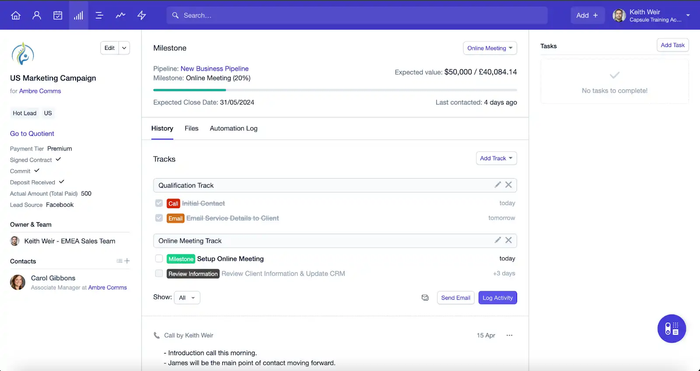
Step 5: Monitor and optimize pipeline performance
By following a set customer renewal pipeline, you’re able to analyze your team’s performance at different points in the process and see where there’s room for improvement. Use your CRM’s analytics and reporting features to track your customer health score at the different stages, then use that information to make any necessary to your customer success process and optimize your strategies.
Monitor key metrics such as renewal rates, customer satisfaction scores and reasons for non-renewal to understand where the pipeline may need adjustments.
As well as giving you ways to improve your overall process, you can also use your pipeline to spot individual customers who need extra attention. One of Capsule’s popular contact management features is dynamic contact lists, allowing you to pinpoint customers who meet your chosen criteria.
For example, you can filter for contacts with customer satisfaction scores (e.g. CSAT or NPS) below a specified level. You can then prioritize following up with those customers to get a better understanding of their issues and find ways to improve those scores. As it’s a dynamic list, it’ll be automatically updated as new customers meet your criteria, so you always have the latest information to hand.
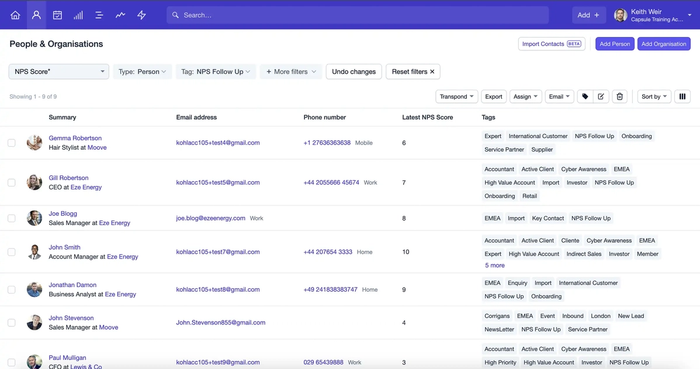
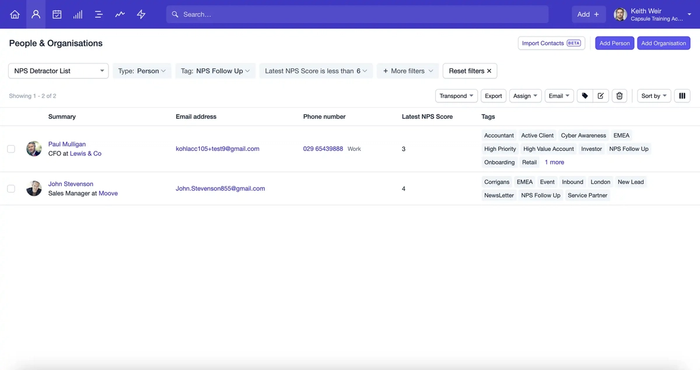
Securing sustainable growth through customer renewals
While it may seem more useful to focus solely on acquiring new customers, nurturing and renewing existing customer relationships is key to sustained growth. With the correct approach, you can significantly boost your retention rates and unlock ongoing revenue opportunities.
By consistently engaging with your customers and closely monitoring their satisfaction and usage, you can identify early signs of churn and address them proactively. At the same time, happy customers are more likely to refer you to others, contributing to fresh business opportunities too!
Using a well-defined renewal pipeline ensures your customer success teams have all the necessary tools and insights to effectively manage renewals, enabling them to build customer loyalty and fuel your business’s growth.
Discover how a CRM can help your business increase customer renewals. Enjoy Capsule’s free starter package or start a 14-day free trial and see how Capsule’s features can help you engage with customers and increase revenue.

